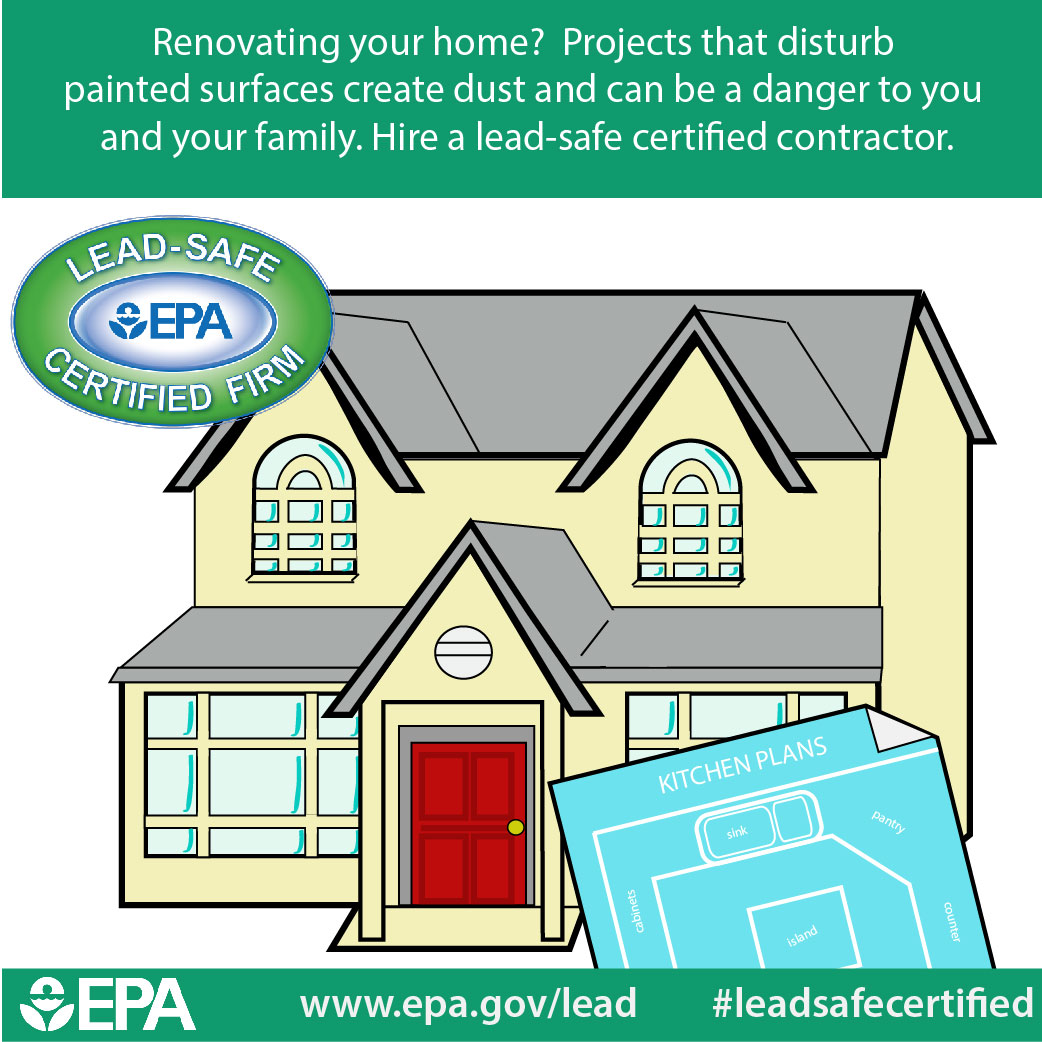Weather Condition'S Result On Industrial Outside Paint: Crucial Understanding For Success
Weather Condition'S Result On Industrial Outside Paint: Crucial Understanding For Success
Blog Article
Article By-Duke Silver
When you're preparing an industrial outside painting task, don't undervalue the effect of weather condition on your results. You require to consider elements like temperature, moisture, and rainfall, as they can make or break your paint work. For instance, did you recognize that optimal problems require certain temperature level arrays and moisture levels? Failing to check these facets can bring about unequal finishes and even damages to fresh paint. Understanding read this is key to attaining a resilient, specialist outcome. So, what specific weather should you be wary of?
Temperature level Considerations
When it comes to business exterior painting, temperature plays a crucial role in the end result of your task. If you're repainting in severe warm, the paint can dry out also rapidly, leading to concerns like poor attachment and uneven surfaces. You want to go for temperature levels in between 50 ° F and 85 ° F for the best results. Below 50 ° F, paint may not cure properly, while above 85 ° F, you take the chance of blistering and breaking.
Timing your job with the ideal temperatures is essential. Beginning your work early in the morning or later in the afternoon when it's cooler, especially during hot months.
Likewise, think about the surface temperature; it can be substantially higher than the air temperature level, especially on warm days. Use a surface thermostat to examine this prior to you start.
If temperatures are uncertain, watch on the weather report. Abrupt temperature drops or warm front can derail your strategies. You don't intend to begin repainting just to have the problems change mid-project.
Humidity Degrees
Moisture levels substantially impact the success of your business outside painting job. When the moisture is too expensive, it can impede paint drying out and healing, leading to a variety of concerns like inadequate adhesion and complete top quality.
If you're preparing a job throughout moist problems, you could discover that the paint takes longer to completely dry, which can extend your task timeline and increase expenses.
On the other hand, low moisture can additionally position difficulties. Paint might dry too promptly, stopping proper application and causing an unequal finish.
You'll intend to monitor the moisture levels carefully to guarantee you're working within the optimal array, typically in between 40% and 70%.
To obtain the best results, consider making use of a hygrometer to measure moisture prior to beginning your project.
If you find the degrees are outside the optimal array, you may need to readjust your routine or pick paints developed for variable conditions.
Always seek advice from the producer's guidelines for details recommendations on humidity resistance.
Precipitation Impact
Rain or snow can considerably interrupt your industrial external painting strategies. When rainfall takes place, it can wash away fresh used paint or create an unequal finish. Preferably, you wish to pick days with completely dry weather condition to make sure the paint sticks appropriately and treatments successfully. If you're captured in a shower, it's ideal to stop the job and wait for conditions to improve.
Moreover, snow can be much more damaging. Not just does it produce a damp surface area, yet it can additionally decrease temperatures, making it difficult for paint to dry. This can lead to issues like peeling or blistering down the line.
It's important to examine the weather forecast before starting your project. If rain or snow is anticipated, consider rescheduling.
Always bear in mind to allow ample drying time between coats, particularly if the weather condition continues to be unpredictable.
https://exteriorpaintersnearme76531.blue-blogs.com/40442950/gain-insight-into-the-impacts-of-weather-condition-on-commercial-painting-jobs-and-check-out-essential-approaches-to-handle-unpredictable-conditions-for-the-best-outcomes-what-will-you-discover-next
To conclude, watching on the climate is crucial for an effective industrial external paint job. By keeping track of temperature level, humidity, and rainfall, you can ensure the most effective problems for application and treating. Bear in mind to plan your work around favorable weather and constantly comply with maker standards. With the ideal method, you'll accomplish a lasting, beautiful coating that can stand up to the elements. Don't let the climate catch you off-guard-- remain notified and paint smart!
